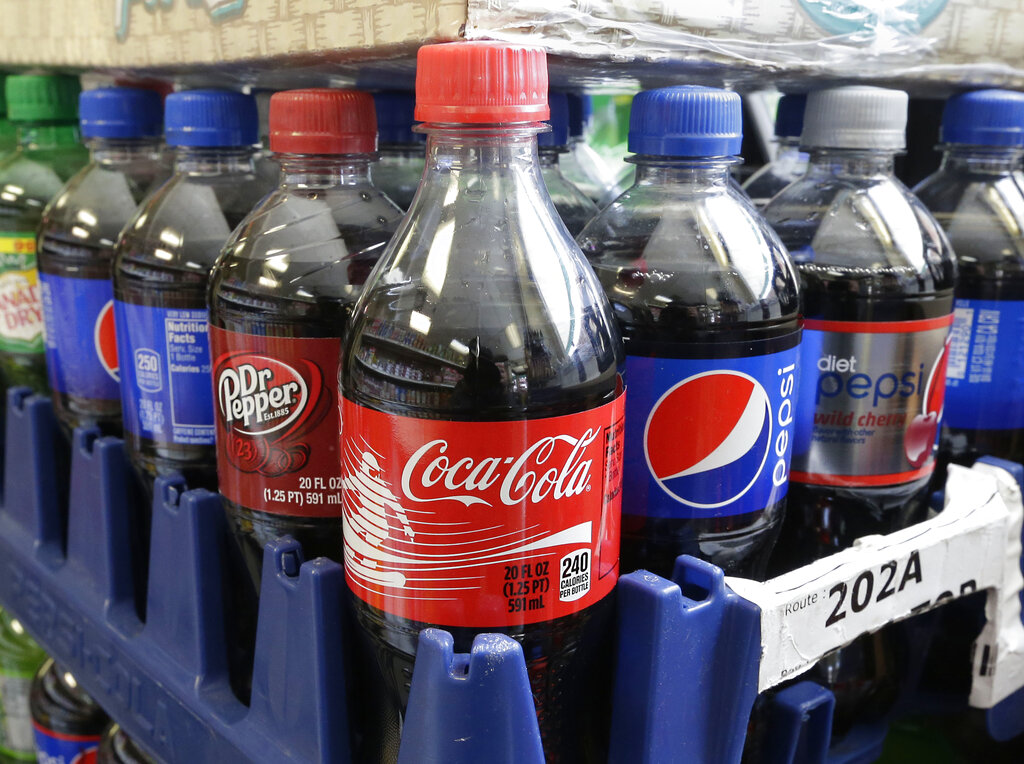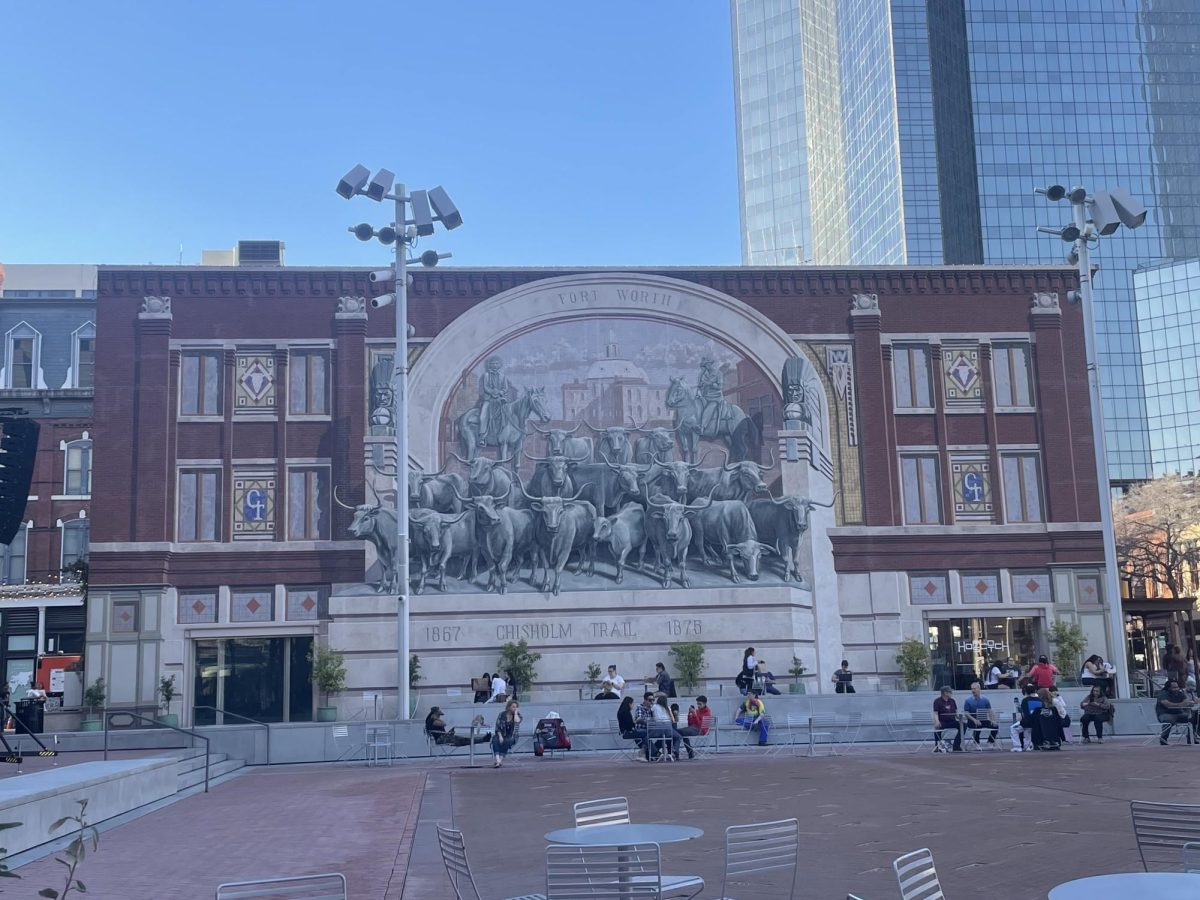Cyclists around Fort Worth can expect to see a few more of the familiar red and gray bike racks that dot the city.
Ten new stations will be added in coming months, nine of which will be constructed in May, said Kristen Camareno, executive director of Fort Worth Bike Sharing. The new stations are funded by a grant from the Federal Highway Administration.
The proposed locations for the new stations are primarily downtown and along the Trinity Trails. Others are also in near southside off Magnolia Avenue as well as one station up near the Stockyards.

second time stations have been added.
The additional stations come almost two years since the start of the program and is the
Camareno said they’ve seen an increase in overall ridership every month compared to last year.
Camareno also said that increase has mainly come in the form of 24-hour members, or people who rent a bike once for a few hours. They haven’t, however, seen the same increase in annual membership.
“That’s something that we’re still working to grow,” Camareno said. “But I think that as we see more and more people learning to drive less, and ride or walk or use public transit more we’ll see those annual member numbers go up.”
She said part of the reason for the slow growth in annual members is the use of the rental bikes for recreation, rather than as a means of transportation.
“It’s been pretty common around the country to see, in the early years of a bike share program, to see a little bit heavier recreational use,” Camareno said. “The original intent for bike sharing is as a first and last mile mode of transportation.”
Alden Aldrich, who uses a bike as his primary means of transportation, said while he’s excited to see growth in Fort Worth’s biking community, he doesn’t think the bike sharing program can meet the needs of the residential population to be used for transit purposes.
“I’m very glad Fort Worth has a bike sharing program,” Aldrich said. “Biking is probably the single best way for visitors to get around the city’s interior. I think the problem we face here is that our downtown [population] is tiny in comparison to the residential area.”
current bike routesAldrich also said because he lives in a residential area outside of downtown, commuting by bike isn’t the most efficient way to get around because
in Fort Worth, such as the Trinity Trails, aren’t connected to busy population centers.
Hank Aaron bike trailHe said eventually he would like to see a bike highway, that connects people to where they work and live, similar to the
in Milwaukee, Wisconsin.
along the city’s main highway“The main difference is that Hank Aaron Trail goes in a straight line,
,” Aldrich said. “If you want a truly bike-friendly city, build a bike highway designed for people to get to work, the grocery store, the grade schools.”



